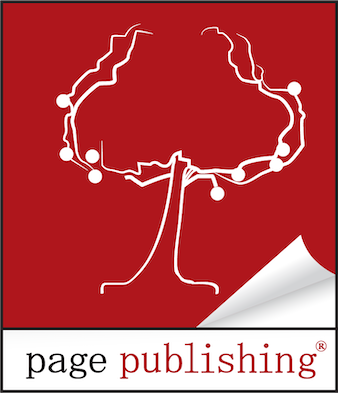
Outlining Your Story: Plotter versus Pantser

Writing a story is akin to embarking on an adventure, and much like any journey, it necessitates a roadmap. In the realm of writers, this roadmap often manifests as an outline. However, writers typically align themselves with one of two distinct camps: the Plotters and the Pantsers. Which category do you find yourself in?
The Plotter Approach
Let’s first delve into the mindset of Plotters. These individuals are thorough strategists. Even before they begin to transcribe their thoughts onto paper or screen, they have meticulously crafted outlines in hand. Every twist in the plot, each character’s journey, and even the subplots are methodically charted out.
For Plotters, outlining isn’t merely a tool—it’s a way of life. By having a clear trajectory for their story, they can circumvent the perils of getting lost amidst the narrative. Plotters adamantly advocate for their outlines, asserting that they streamline the writing process and enhance efficiency.
However, embracing the Plotter philosophy isn’t devoid of its challenges. Some writers may find that adhering too strictly to their outlines stifles creativity, resulting in narratives that feel contrived or predictable. Moreover, there’s the ever-looming threat of writer’s block, which may rear its head when the outline fails to spark inspiration.
The Pantser Approach
On the opposite end of the spectrum lie the Pantsers. These writers eschew meticulous planning, instead plunging headfirst into their stories armed with little more than a vague notion of their destination. For Pantsers, the allure lies in the thrill of discovery. They relish the spontaneity inherent in the writing process, allowing their characters to guide them on an expedition of exploration.
Pantsers revel in the freedom that accompanies uncertainty. They delight in the unexpected twists and turns that unfold organically as they write, trusting their instincts to navigate the narrative.
However, this unstructured approach isn’t devoid of its drawbacks. Without a roadmap to guide them, Pantsers risk losing their way or finding themselves backed into a narrative corner. Furthermore, while some writers thrive in the face of uncertainty, others may find it paralyzing, leading to bouts of endless revisions and false starts.
Finding Your Equilibrium
So, where do you fall on the spectrum? The truth is, there’s no universal answer. Each writer possesses a unique style, and what proves effective for one may prove counterproductive for another. Some may naturally gravitate towards one end of the spectrum or the other, while others may find solace in blending elements of both approaches.
Discovering your equilibrium may entail some trial and error. You may commence your journey as a staunch Plotter, only to realize that your most brilliant ideas manifest when you relinquish control and embrace your inner Pantser. Conversely, you may naturally embody the spirit of a Pantser but come to appreciate the structure and guidance that outlining can provide.
Ultimately, the paramount objective is to ascertain what works best for you. Whether you align with the Plotter camp, the Pantser ethos, or somewhere in between, the key lies in honoring your unique process. After all, there’s no one “correct” method of storytelling—only the approach that enables you to authentically articulate your narrative vision.
So, are you a Plotter or a Pantser? Or perhaps you straddle both worlds. Embrace your style, and let your creativity flourish. The world awaits your story, and it’s enriched by the diverse voices and approaches of storytellers.

